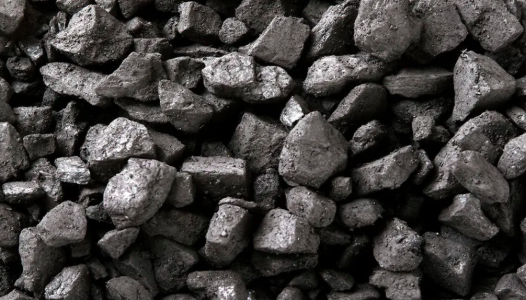by Lieve Lowet
This is the final part of a series of three articles about my investigation into coal, climate change and capital. Ending exposure to coal can benefit (re)insurers in three ways, Moody’s suggested in its 2020 report: they will less likely have to pay damages and legal fees for climate litigation targeting their clients, they can avoid troubled customers who may be tempted to cut corners on maintenance and they can protect themselves from the risk that their investments become “stranded”. Indeed, a lot of attention of (re)insurers and regulators has been going and is currently still going to the investment side (see for example (ironically) Lloyd’s in its 2017 Stranded Assets Report, part of its Emerging Risk series, and Europe’s sustainability package of May 2018).
In the US, the special climate subcommittee to the Commodities Future Trading Commission recommended on 9 September 2020 for US financial regulators to move urgently as climate change poses serious emerging risks to the US financial system. And on 14 September 2020, institutional investors that collectively manage more than USD 47tn in assets, the Climate Action 100+ group, representing 518 major investor organisations across the globe, have demanded that the world’s biggest corporate polluters back strategies to reach net-zero GHG emissions and they promised to hold them to public account. They have written to 161 fossil fuel, mining, transport and other big-emitting companies to set 30 climate measures and targets against which they will analyse in a report to be released early next year. Should this not be a clear sign to these mostly publicly listed insurers and reinsurers of fossil fuel, mining, transport and other big-emitting companies to stress test individually upon their own initiative also their underwriting strategies for physical, transition and liability risk? And to examine terms and conditions (e.g. deductibles, rates, policy wordings, … ) in all LOBs (worker’s compensation, health plans, property, environmental liability, product liability and D&O/professional liability, MAT, etc) again learning from today’s pandemic? Is a wait-and-see attitude till e.g. EIOPA has enhanced its supervisory stress testing methodology to incorporate all climate-related risks for ORSA purposes advisable and in the interest of the insurers? Why does the insurance sector again wait until there is regulatory or supervisory intervention? Would it not be better to show the lead?
Only capital will bite?
Insurers and reinsurers must according to Article 295 of the SII Delegated Act include qualitative and quantitative information regarding the risk profile of the undertaking including all other material risks and include in a separate section any other material information regarding the risk profile of the undertaking. Would the liability risk of coal underwriting fall into this category? Risk management policies should be reviewed annually (Article 41,3 SII directive). Should the review of 2020 also not include already voluntarily climate-related risks?
Sweeney concluded her speech with the following thought: “Risk mitigation in a prudential regulation authority is largely conducted through the lens of firms’ capital adequacy. The firms themselves are required by us to manage their business within the parameters given by their capital generation and Solvency Capital Requirement. It is therefore possible that the incentives to address climate change risk for both firms and supervisors could be enhanced if it were incorporated explicitly into firms’ capital requirements. Whether and how this should be achieved is not an easy question to answer. But it is surely a necessary one, and one that we must begin to address in a timely manner, for insurers and for the wider regulated financial services industry.”
I just wonder if climate-related coal risk is not an emerging risk in the sense of Article 41,5 of the Solvency II directive or Article 269, 1 (e) of its Delegated Regulation?
Solvency II is now up for review. The Commission’s consultation still runs till 21 October 2020. But in the meantime, the insurance and reinsurance sector should advance and not expect others to tell them where their (emerging) risks are.
The author, Lieve Lowet is an EU Affairs consultant and lobbyist since 2003, focuses on European dossiers relevant for the insurance and pension sector. From 2003 to 2008, she was Secretary-General for the international mutual insurance association AISAM (now AMICE), which accounted for 15% of the European and 6% of the world insurance market. Prior, she worked for McKinsey as a European banking and insurance expert.





